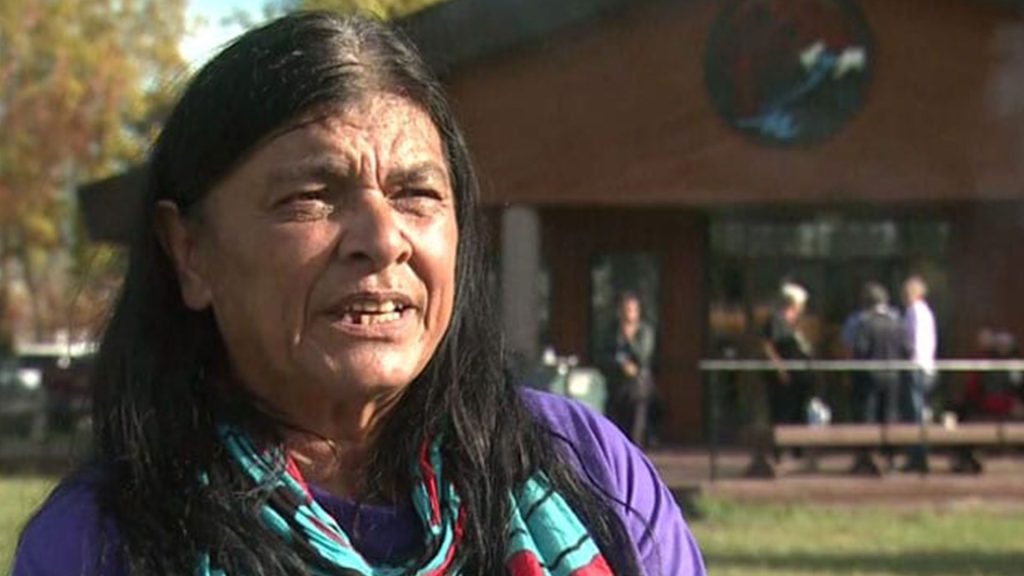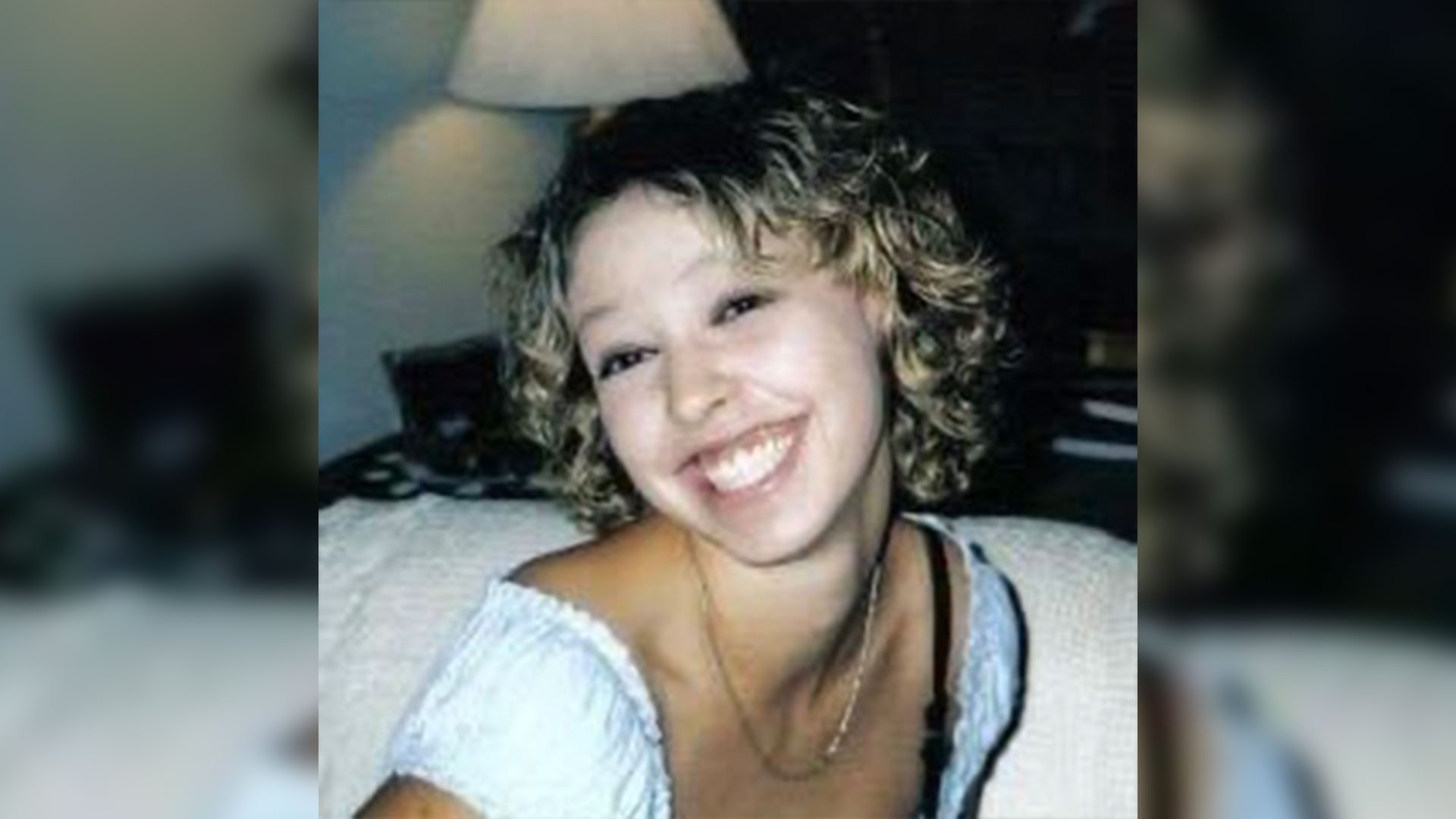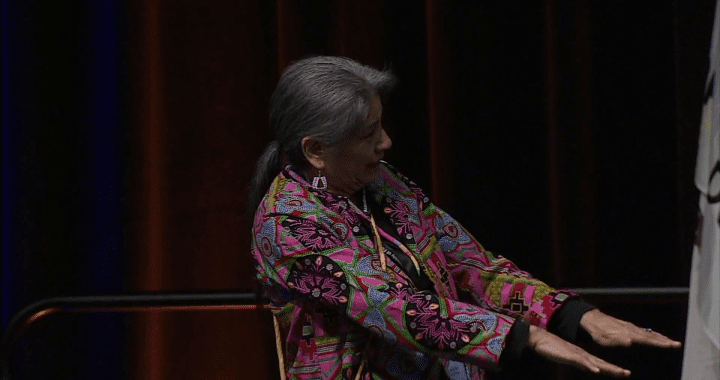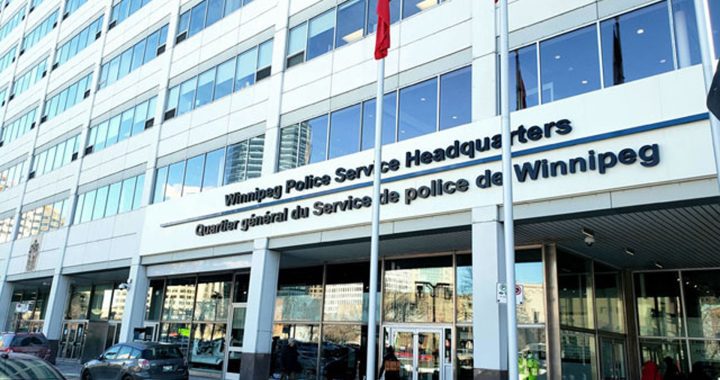
Gladys Radek is a veteran advocate for families of missing and murdered Indigenous women and girls. Photo: APTN file
A pioneering voice in the crisis of missing and murdered Indigenous women and girls along British Columbia’s “Highway of Tears” is pleased Rogers Communications is adding new cell towers along the busy Highway 16 corridor.
However, Gladys Radek believes it’s more in answer to the needs of big business – namely resource extraction companies – than the ongoing violence.
Radek’s niece, Tamara Lynn Chipman, went missing in September 2005 while hitchhiking on Highway 16 near the Prince Rupert, B.C., industrial park. The 22-year-old has never been found.
“I think the main reason they’re pushing forward with these cell towers is because they had extraction in their minds,” Radek told APTN News Thursday.
“I know the government didn’t step up because it was the Highway of Tears and because we have so many missing women. They did it for the bosses to get through to their crews.”
New cell service
Even so, Radek is “appreciative” of the new cell service, feeling it will help everyone be safer in the long run.
“Because our women are still disappearing up here – and our men and boys as well,” she said in a telephone interview from her home in northern B.C.
Rogers announced Dec. 30 it had activated five new cellular towers along the notorious section of Highway 16, which is also known as the Highway of Tears for the high number of missing and murdered Indigenous women and girls who, without public transportation, rely on hitchhiking to travel between communities.
Rogers said in a news release the towers would cover 166 kilometres where wireless service gaps previously existed.
It says when the final two of 11 towers are erected, they will “ensure continuous coverage” on the entire 720-kilometre stretch of highway from Prince George to Prince Rupert.
Rogers Chief Technology Officer Mark Kennedy said in the release the nine active towers have closed “most of the wireless gap between Prince Rupert and Prince George” and will benefit both travellers and residents in the region, including those in Indigenous communities.
Read More:
Woman from First Nation in B.C. along Highway of Tears found dead
The 2006 Highway of Tears Symposium report contained 33 recommendations to improve safety including that “motorists and hitchhikers have closer access to a form of emergency communication” between communities on the highway.
That recommendation was echoed in the final report from the National Inquiry into Missing and Murdered Indigenous Women and Girls.
But, according to Radek, much more needs to be done.
“Now that you’re done with the cell towers, how about following through with the other recommendations?” she said.
Radek says outside of cell towers and billboards about the missing, the remainder of the recommendations are still outstanding.

Gladys Radek’s niece, Tamara Lynn Chipman, was the mother of one when she vanished near Prince Rupert on Sept. 21, 2005.
Radek also called for more focus on youth, emphasizing a need for both young women and men to be protected from the dangers of stalking and exploitation.
“I think they should start putting boots on the ground and start providing resources for the youth, and for the women and the families, because we’re the ones always being left behind, and we’re the ones doing the work,” Radek says.
Radek and other Indigenous activists in B.C. are planning another “walk for justice” beginning June 21 from Haida Gwaii on the coast, due to what she calls the inaction of governments on the MMIWG2S+ file.
“We’ll be walking to give the government their failed report. We want to make sure the government is in-house when we arrive in Ottawa,” Radek says.
She’s not concerned about a possible change in government come election time.
“A change in government won’t change anything,” Radek says.
“The only thing we can hope for this time, is they’ll actually listen to us.”
Radek says the walk will end in Ottawa Sept.15, close to the 20-year anniversary of her niece’s disappearance.










